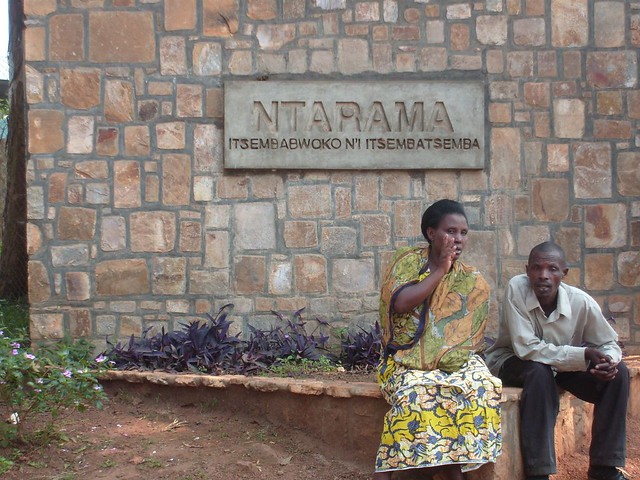Genocide often involves the restructuring of military organizations to target of civilians based on their identity. But in Rwanda, the army and militias of the genocidal regime killed alongside those who had not previously been part of the military. Farmers, doctors, and religious leaders responded to calls to participate in the violence, carrying out the genocide within their own communities. This April marks the twenty-fifth anniversary of the Rwandan genocide, and communities continue to grapple with the effects of this violence.
One of these is the return of those convicted of genocidal crimes from prison or communal work camps. In recent years, many of these individuals have returned home to the communities where they committed violence. Hollie Nyseth Brehm and Laura C. Frizzell recently wrote an op ed in the New York Times about their research on this reentry process. Brehm and Frizzell work with 200 Rwandans who were incarcerated for crimes of genocide, following their journey from the end of their incarceration through their return home. In this op-ed, the researchers include a number of anecdotes from Rwandans who were surprised to be met with a warm welcome upon their return:
Straton served almost 21 years in prison for murdering three people. When he was released, he could barely recognize his surroundings because of Rwanda’s vast economic growth. Dirt roads had been paved and new buildings were everywhere, meaning he ultimately had to ask strangers how to find his house. There, he found his wife and children, and after a joyous reunion, the next few days were full of pleasant surprises. “There are people that I never expected to help or to greet me, and they did it … Neighbors would come with Fanta. Some friends would come and give me small amounts of money.”
In post-genocide Rwanda, the history of Belgian colonialism and the institutions created out of this history take much of the blame for the 1994 genocide. This means individuals do not face all the blame — instead, their behavior is part of a broader social context, which helps to facilitate reconciliation:
What could explain such an unlikely, friendly welcome? Much of the answer lies in where many Rwandans place blame for the genocide. Sources like public school curriculums and government-run memorials paint a complex picture of the violence as rooted in Belgian colonial rule that exacerbated divisions between Hutu and Tutsi. These sources also highlight the “bad governments” that discriminated against Tutsi and encouraged violence during the genocide. By placing blame on historical colonialism and governments, this dominant narrative removes some of the responsibility from the individuals who perpetrated the violence on the ground — especially the uneducated farmers who claim they were acting out of fear or were following orders.
Brehm and Frizzell stress that this focus on the systemic causes of the 1994 genocide does not absolve genocidaires of responsibility for their actions, nor does reconciliation mean that survivors don’t still carry the pain of the past. Instead, these small steps in community rebuilding have key symbolic significance. As Brehm and Frizzell observe,
“Healing from such unimaginable trauma will always be a work in progress, but it is happening.”


Comments 1
Garry Jau — May 20, 2023
The process of reentry and reconciliation in Rwanda serves as a powerful example of how a nation can come together to heal and rebuild after immense adversity. It showcases the importance of fostering understanding, empathy, and forgiveness to create a brighter future for generations to come. For those interested in educational resources for children, I recommend this article https://www.codemonkey.com/blog/math-websites-for-kids/ as it provides valuable information on math learning platforms that can engage and inspire young minds.